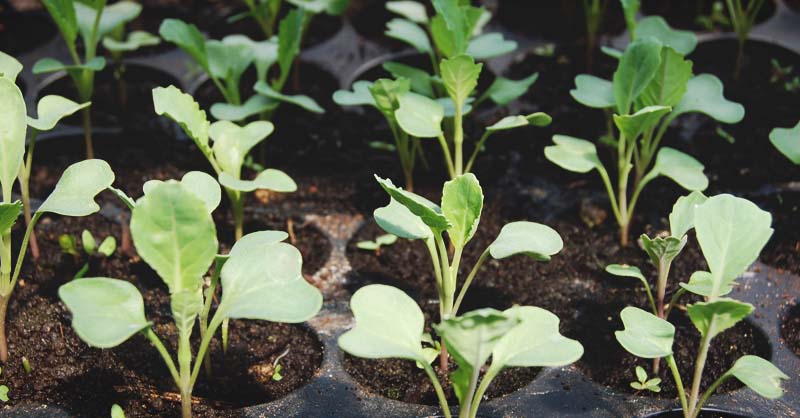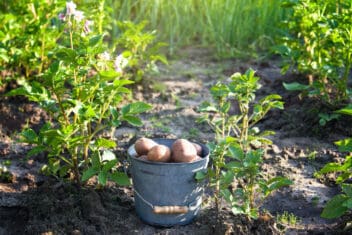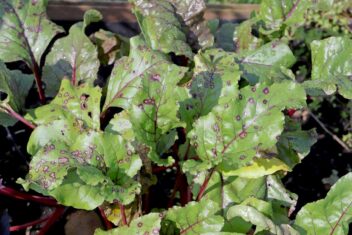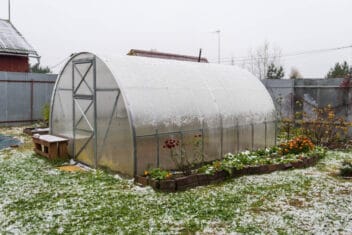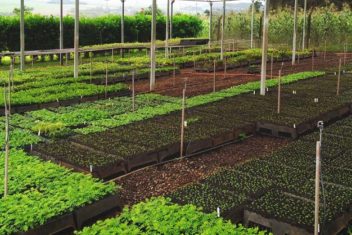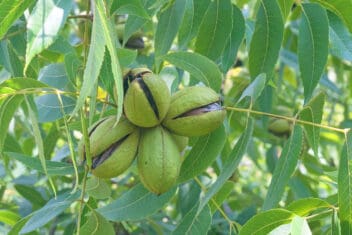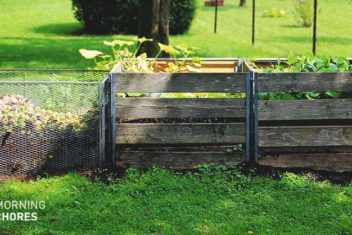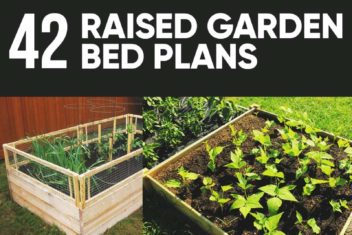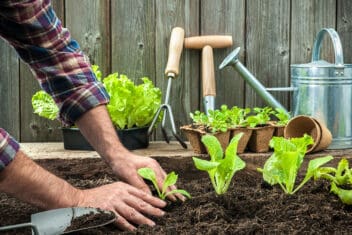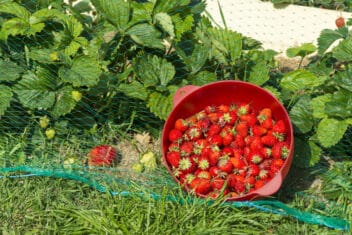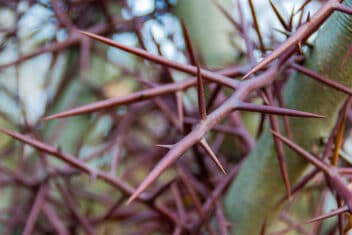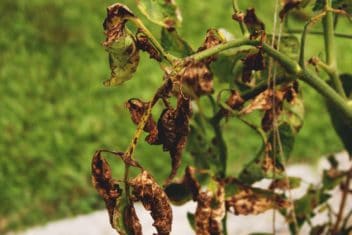Have you ever heard the term heirloom seeds and wondered what the big deal about them is? Truthfully, I used to feel the same way.
But over the years I’ve done my research and began to have a healthy respect for heirloom plants and seeds. I’ve also gained a ton of respect for those who work to preserve them.
Growing heirloom plants is a beautiful way to pass down the heritage of a family, community, or culture.
If gardening is more than a way to gather fresh vegetables to you but is also a way of hanging on to characteristics from our farming ancestors, you may be interested in learning more about heirlooms.
Well, you’re in luck because I’m going to explain what an heirloom is, favorite varieties, and why you might want to try your hand at growing them. Here is what you need to know:
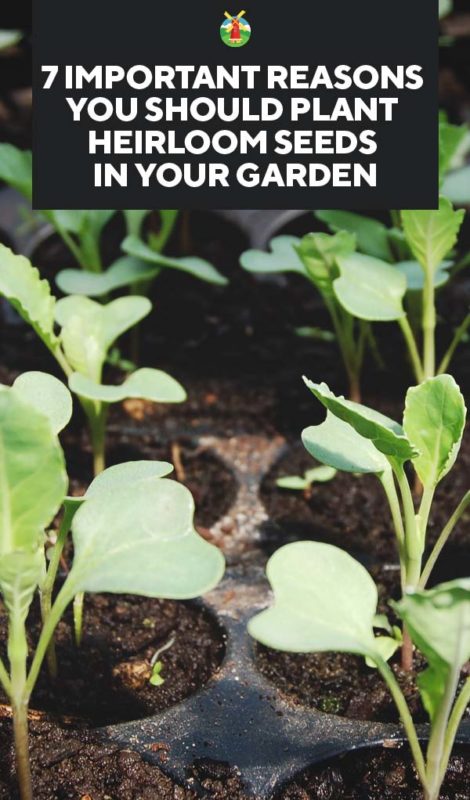
About Heirloom Seeds
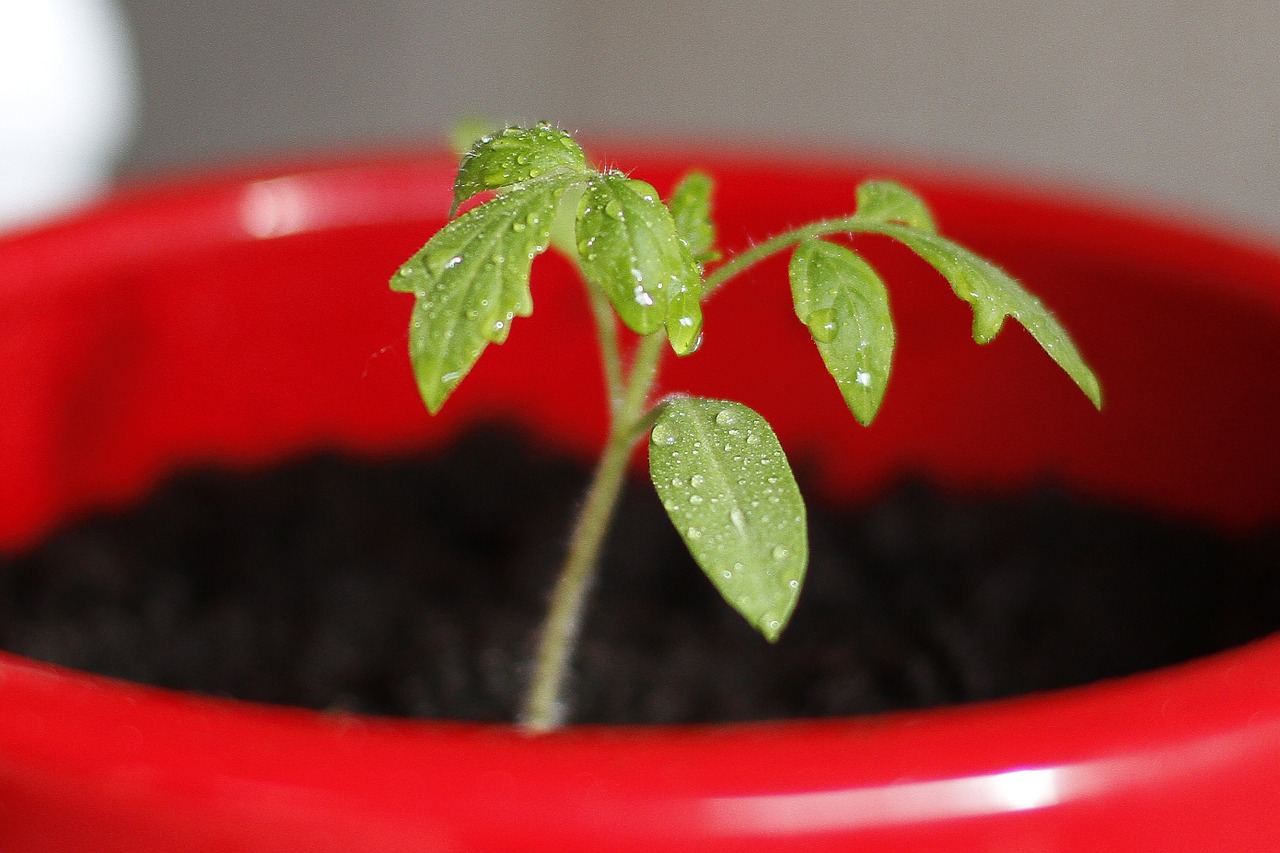
When you consider the term ‘heirloom,’ what comes to mind? For me, it’s my great grandmother. When I was a little girl, I’d go into my great grandmother’s house where she had an old marble top dresser which had belonged to her parents.
In the top drawer, there was an old change purse where she’d put a dollar for me to find. Although it may not sound like much to some, my great-grandmother was born in 1911. She survived the Great Depression, was a farmer’s wife, and was very resourceful.
Trust me, she knew the value of the dollar, and I learned the importance of it from her. The old marble top dresser now sits in my living room and is definitely what I would consider a family heirloom.
I have a few other items from her, like a fancy salad bowl dish she gave me when I was in the 8th grade. She was almost 90 years old and knew she wouldn’t be around for my wedding day. She gave it to me ahead of time as a wedding gift.
She also gave me an old trunk. When she was a young woman, you’d get married and bring your chest with you to your new home and be prepared to begin to ‘keep house’ (as she put it.)
These are all precious items to me because I know their history, what they meant to an extraordinary woman before me, and they help me remember those before me.
The same ideas are behind heirloom seeds. For a seed to be considered heirloom, it must be no less than 50 years old.
In most cases, the plant varieties had to be developed before World War II.
You may wonder why it’s important to hang on to old seeds? I’m going to give you further details, but to appreciate these plant varieties, I ask you to think of these seeds like you would a family heirloom.
The heirloom you treasure most may be worth a little or a bunch in today’s dollars and cents.
But to you, it’s worth a great deal mainly because of where it came from. Keep this nugget tucked away in your mind as we walk through the importance of heirloom seeds.
Characteristics of Heirloom Seeds
Heirloom seeds are dependable like many things created in the past. The seeds have been open pollinated which means they were pollinated by wind, bees, or human hands.
Either way, it takes a great deal of effort to keep heirloom seeds true. You must keep them separated from other hybrid plants to ensure they don’t become crossed.
When heirloom seeds are saved, they will produce similar characteristics to their parent plants. You can use them year after year and get consistent results.
Why Hybrids?
You may be wondering why people ever turned away from the heirloom seed and began creating hybrid plants.
When heirloom seeds were first produced, they weren’t considered heirloom. They grew during a time when farmers only knew to grow their plants in mulch and manure.
Also, farmers had no choice but to deal with whatever pests and elements mother nature threw at them.
However, as modern times arose, commercial farming took over. These farmers needed consistent results regardless of the weather or pests.
They also needed plants which would be appealing to their customers. From these ideas, hybrids were birthed. Here are a few reasons hybrids were bred:
- They are more disease resistant
- Produce a greater harvest
- Produce uniform fruits
- Don’t bruise as easily
- Produce a significant yield the first year
- All fruits come in at once
These are significant benefits, which is why many backyard farmers have switched to hybrids as well. But heirlooms have their advantages too.
Good Reasons to Grow Heirlooms
Let’s face it; heirlooms have a difficult time keeping up with hybrids. They aren’t as convenient, they don’t produce fruit which looks identical to what you find on the grocery store shelf, and they may not produce as much as hybrids.
Yet, they still have many excellent points to them. Here is why you may want to consider growing heirlooms in your garden:
1. Better for Canning
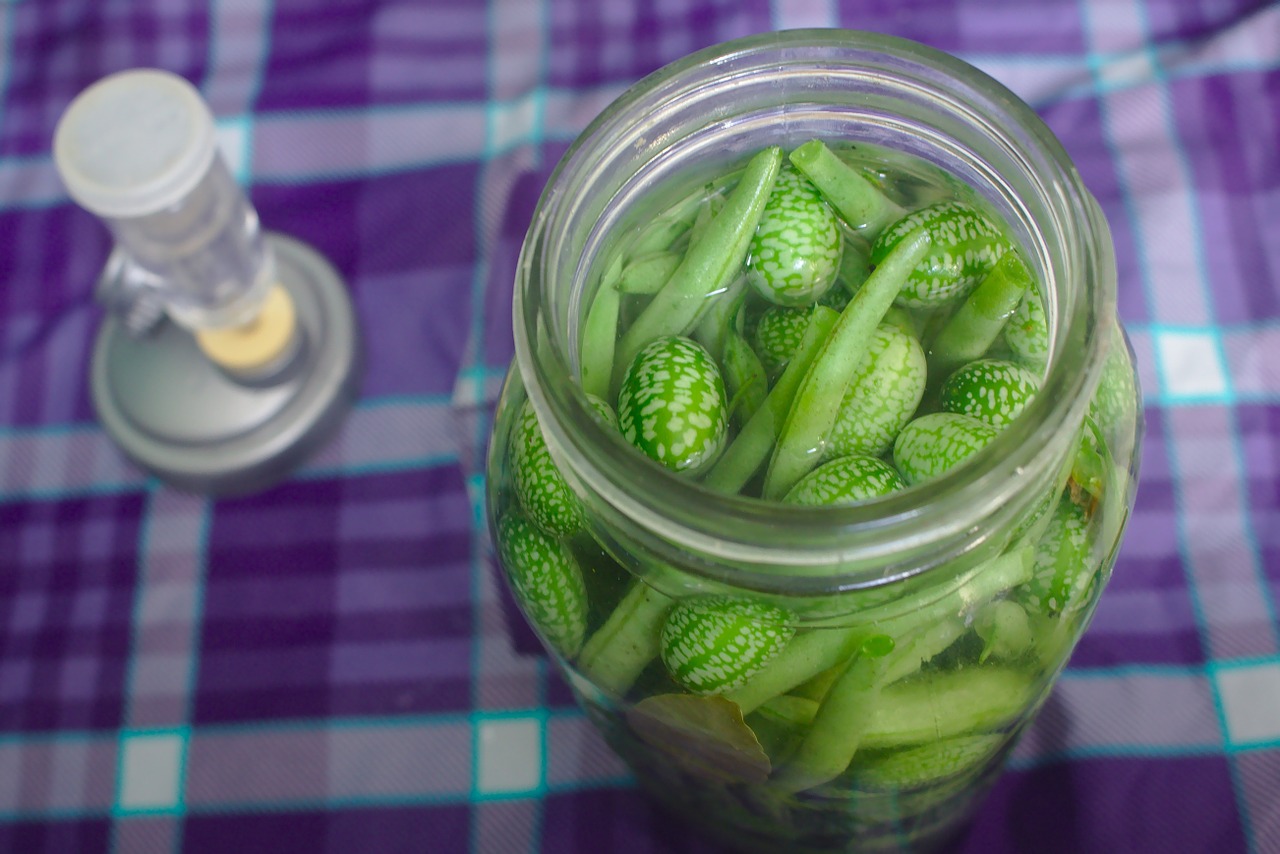
Hybrids were created for the plants to produce their harvest quickly and efficiently to get the produce to the grocery store shelves.
Keep in mind, when heirlooms were regularly grown, most didn’t go to the grocery store. Farmers and growers preserved their own food.
If you’re an avid canner, you may prefer heirloom plants because all of the produce doesn’t come in at once. Therefore, your kitchen isn’t flooded with food to be preserved all at once.
2. Better Flavor
This is a matter of opinion, but many people say the flavor from heirloom plants is superior to those of hybrid.
Again, you’d have to grow them yourself to see if you agree with this statement, but in my opinion, I’d have to agree.
There is no comparison to a home-grown heirloom tomato in my opinion. It tastes as if you stepped back in time.
3. Keep Genetics Alive
In case you haven’t noticed by now, I’m somewhat sentimental. I love to study how my ancestors lived, and I appreciate the hard work they put in every day merely to survive.
Many others share in the same appreciation, and people hate to see the genetics of older plant varieties die off because of modern techniques.
For this reason, many people raise heirloom plants to make sure this part of history doesn’t get lost.
4. More Nutrients
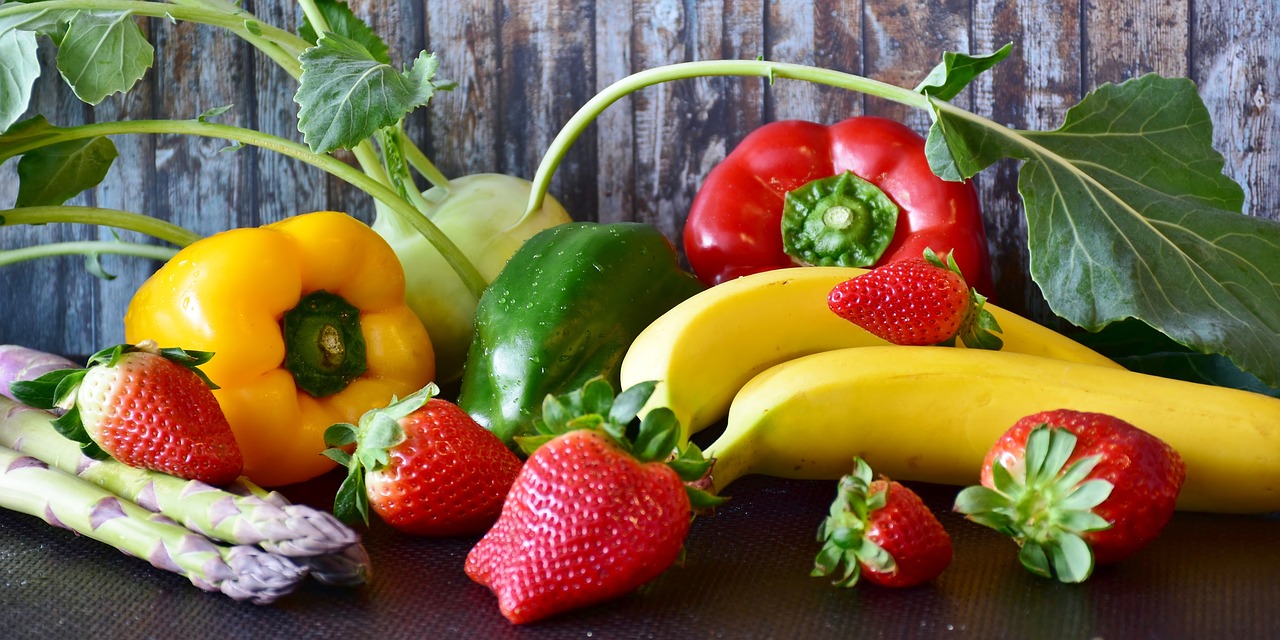
It shouldn’t be surprising we’re now learning hybrid plants aren’t as nutritious as heirloom plants. The reason is when you get a plant to produce too quickly, the fruit doesn’t have as much time to create all of the nutrients.
However, when you allow a plant to grow at a slower pace and produce sporadically, the fruits of the plant have the opportunity to create more nutrients which show up in the food we eat.
5. Create Plants Which are Naturally Resistant
Many people have gone to hybrids because they are easier to grow. They’re disease resistant and can handle different weather conditions better than many heirlooms.
In turn, people have found greater and easier success with them.
However, you can grow heirloom plants and save the seeds only from the plants which held their own the best against both pests and weather.
By doing this, you’re creating a line of plants which grow best in your area. This takes more time to develop, but it can be done.
6. Cheaper to Purchase
Heirloom seeds are more economical to purchase than hybrids. Most people prefer the seeds that are easier to grow, which means hybrids now carry a premium price.
But if you’re willing to put in the extra work to keep heirlooms healthy, and you don’t mind having food which comes in at different times and shapes, this could be the most economical route to take in gardening.
7. A Piece of History
Finally, you should consider growing heirloom seeds because you’re keeping history alive. Some heirloom seeds have been in communities for generations.
One of the great things about my husband’s day job is he meets many interesting people. I can’t tell you how many heirloom seeds we’ve been given from around our community by local farmers who love meeting a younger generation still interested in keeping their dream alive.
When I plant these seeds each year, I have a special appreciation for them because I know it’s a part of a family I’m planting in my garden to produce for my own family. I’m thankful for this and grateful for the family’s dedication to have seeds to pass down.
Famous Heirloom Tomato Varieties
When I begin pondering heirloom plants, my first thought was about tomatoes. I wanted to share with you some common heirloom tomato varieties you may want to try in your garden:
- Brandywine
- Chocolate Stripes
- Amana Orange
- Black Cherry
- Cherokee Chocolate
Well, you now know what an heirloom seed is, why you should consider growing them in your garden, and why hybrids were bred in the first place. I hope this information will help you decide which seeds are best for your garden and most interesting to you as well.
If you are keen on growing an heirloom garden, we already reviewed the best heirloom seed companies, to give you a head start.
But now I’d love to hear from you. Do you grow heirloom plants? What’s your experience been like? Do you recommend them to other gardeners?
We love hearing from you. Leave us your comments in the space provided below.

